Many people these days have a wristwatch or similar that tracks heart rate throughout the day. Knowing your resting heart rate while your sleeping, first thing in the morning when you wake and in the evening is a great way to get a baseline for when you start training and racing. There are many products out on the market that will sync with your cycling computer and spit out data for you.
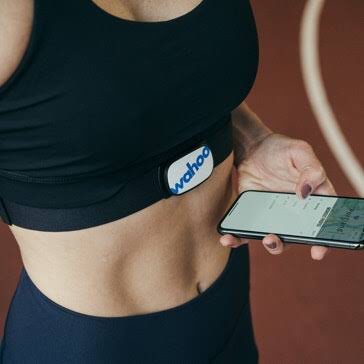
But what do you do with this data?
Well, heart rate training uses your resting heart rate and maximum heart rate to work out individual heart rate zones that help guide your level of intensity for a given workout. So instead of training by distance or time, you use your zones to achieve a certain amount of effort. One way to determine your MaxHR is the simplistic subtract your age from 220.
Example : 220 – 50 years old = 170 beats per minute (bpm)
However I rarely use this anymore as there are more accurate ways to get your MaxHR. None of which are pleasant but a MaxHR reading can be invoked by a maximum heart rate test or the highest you have seen in an all out interval training session or an XCO race will also be reasonably close and accurate.
Everyone has a resting heart rate and everyone has a max, which is the upper limit of your cardiovascular system. Your zones fall between the two. There are 5 zones that you can use to gain control over your training and therefore improvement.
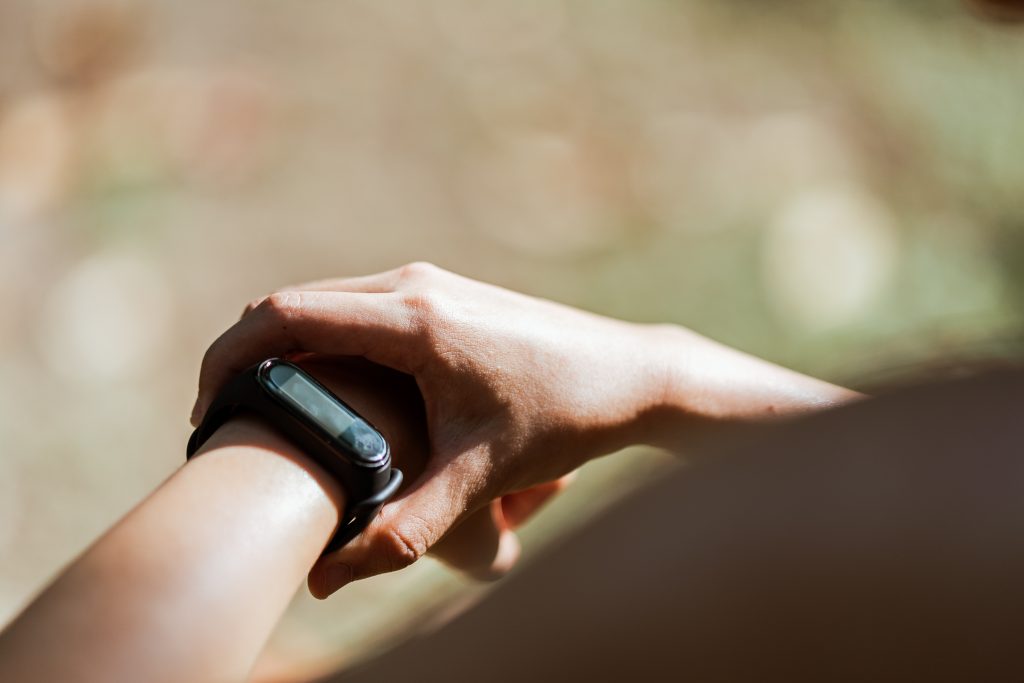
Zone 1: Very light, 50 percent to 60 percent of Max Heart Rate (MHR)
Zone 2: Light, 60 percent to 70 percent of MHR
Zone 3: Moderate, 70 percent to 80 percent of MHR
Zone 4: Hard, 80 percent to 90 percent of MHR
Zone 5: Very hard, 90 percent to 100 percent of MHR

So if you have done some solid training and stacked up some km’s in the last few months and are ready to try and make some big improvements, heart rate training may be the next step. Using your heart rate to determine tempo, threshold, and interval intensities can improve biomechanical efficiency and speed. It’s important to create a varied program that spreads the type of training throughout the week and give yourself adequate rest periods. Mixing in strength training and stretching is also part of a great program.
Here at PCS we have been training athletes through heart rate training for many years and have really found a system that works. All of our training programs are fully customisable as we know life gets in the way and it’s important to be able to follow a program that takes your work, family, wellbeing and nutrition into account. I encourage all of my athletes that sign up to at least have a heart rate monitor so that I can use all of the data together to create a program well suited to that individual.
So what about power meters?
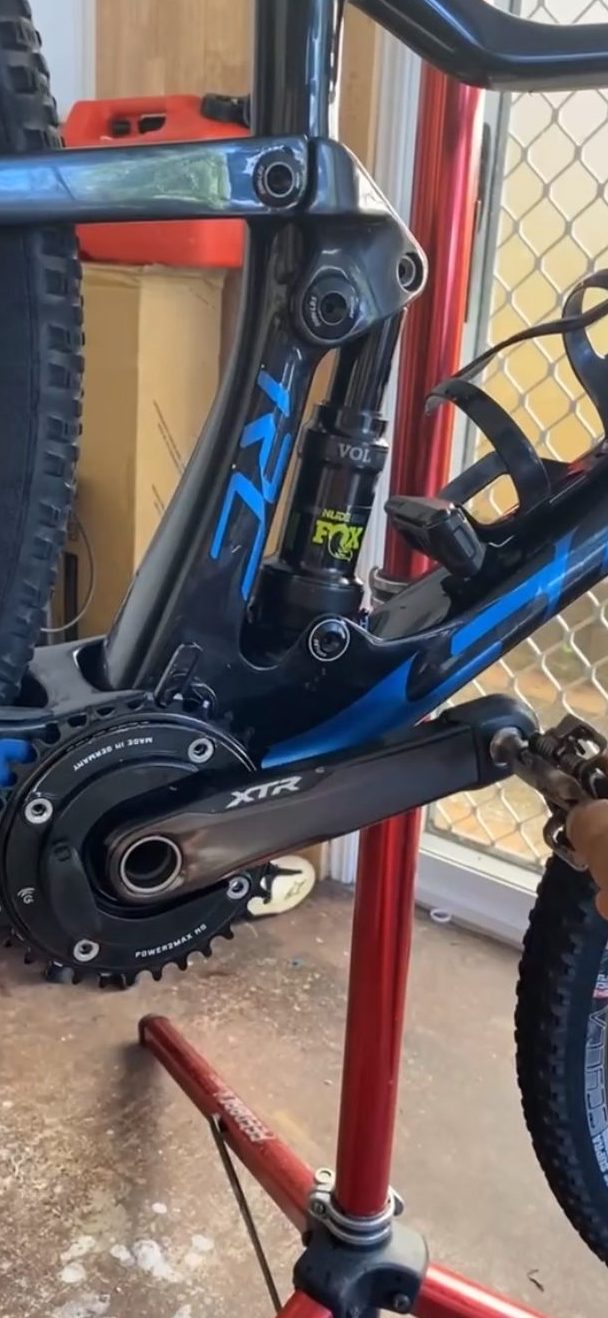
Power meters and road cycling have generally been pretty accepted as a good way to train for road races and criteriums. But can we say the same about mountain bike riding?
Many of the most important numbers that come out of your new power meter are based on a personal marker of your fitness called Functional Threshold Power (FTP). This is the average power you can sustain at race effort for an hour. Once you know your FTP you can set up your training zones. That’s the first step in actually using your new power meter.
The most important numbers that come from using a power meter is your Fuctional Thresshold Power or FTP. This is basically the average power that you put through the pedals in 1 hour of “race effort”. Once you get this figure you can work out your “zone’s”, similar to the Heart rate monitor. The Zones are displayed in the table below :

Using a power meter to train for mountain biking sounds like a great idea but it has it’s flaws. It is definitely more difficult to pace yourself on the mountain bike due to the actual terrain, rather than your effort and fitness level. There are more obstacles and skills that need to be executed correctly otherwise a crash may be likely. If you are doing long distance km’s or shorter anaerobic workouts then they are perfect, but using them during a race to pace yourself may be more difficult.
Power meters do give your some great data to work with which will help you find both your strengths and weaknesses. They can be very beneficial in races where there are certain area’s that you need to push and you can use this data again and again to try and improve in those areas. If you are considering coaching, being able to analyze and use this data to create scheduled training that will focus on areas of weakness is always beneficial. Not all of my athletes have power meters, and training programs can still be created without them. Data is King however. The more information that you can feed to your coach or that you can gather yourself the better.
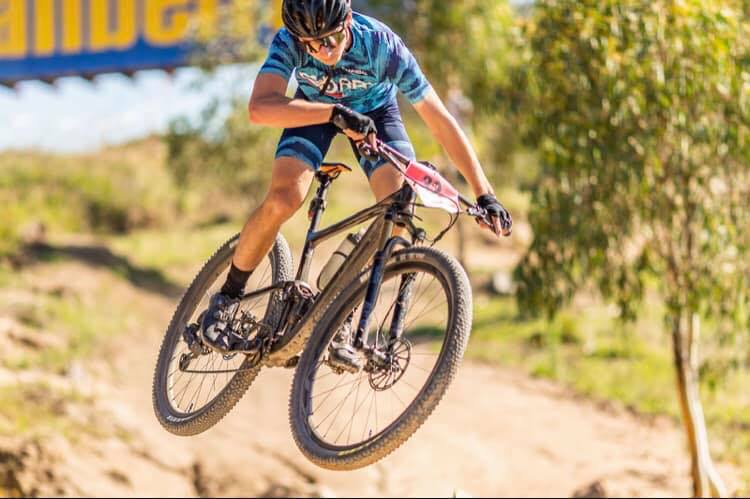
If you are someone who either wants to increase your performance during racing, or become a faster cyclist in general it may be time to start crunching the numbers whether that be heart rate or power. PCS Coaching might be the answer to take all of the difficulties of working out a program that is specific to your heart rate and power capabilities. Being able to use this data and incorporate it into a training program that is fully customizable and works around your life might sound hard, but over the years we have been able to refine this so that you are getting all the benefits without having to do all of the hard work. Head to our page and watch the free training or schedule in a breakthrough call and we can discuss your goals and how we can help you attain them through coaching Free Mountain Bike Training – PCS Coaching .
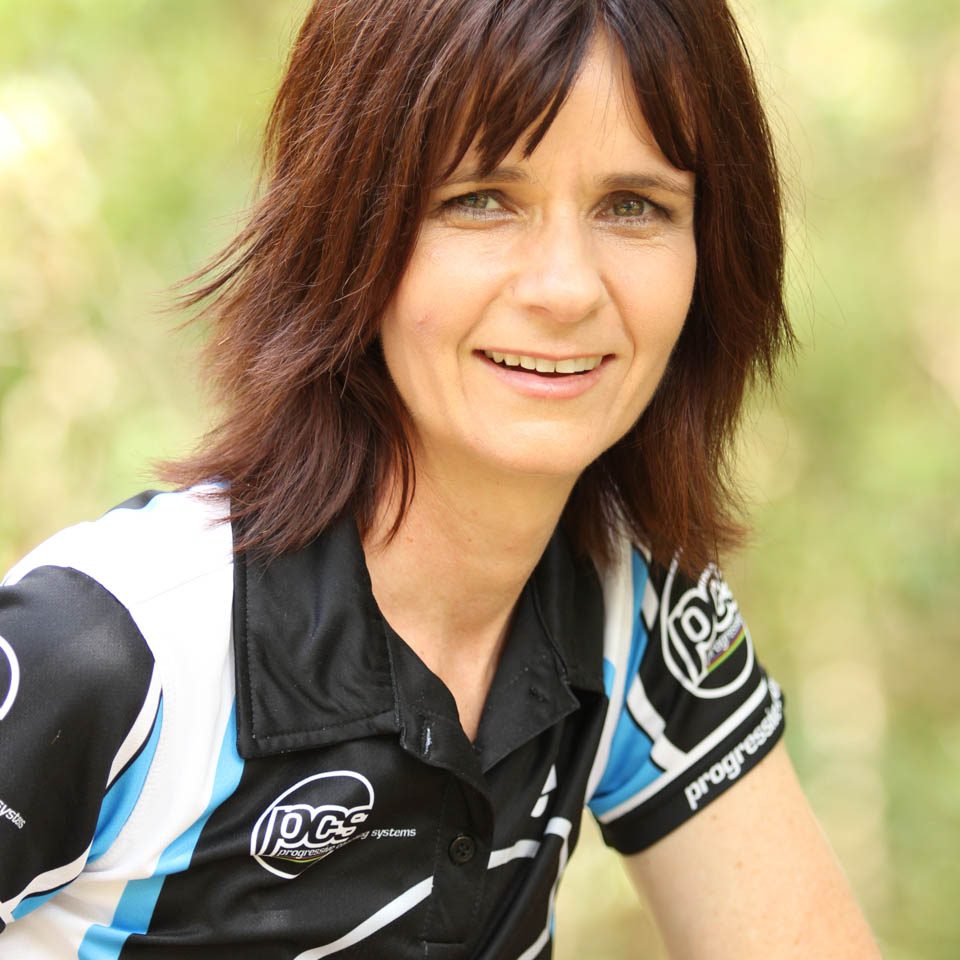
High Performance Mountain Bike Coach
Donna Dall
My speciality is helping serious and recreational mountain bikers break through plateaus to attain higher levels of performance so that they can get fitter, faster, stronger and win more races!

